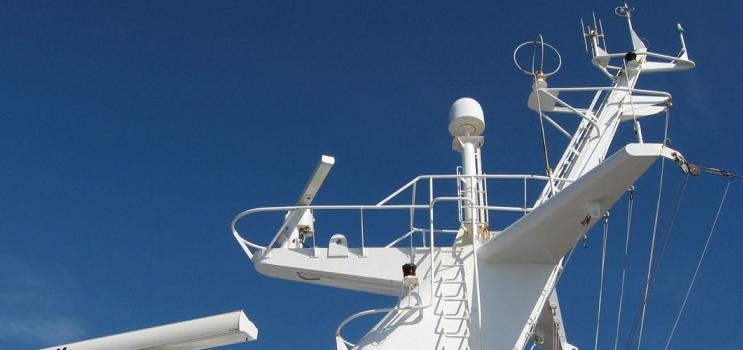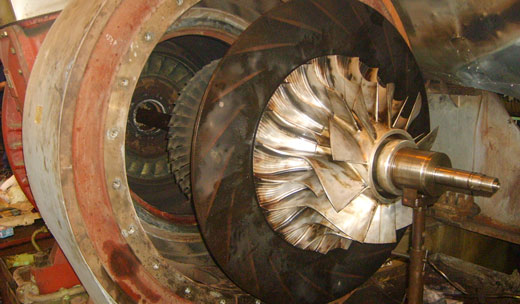
In this post we will learn about some of the effects that the natural weather elements can have on a ship radar
Performance
When radio waves pass through the atmosphere, some of their energy is lost due to absorption, scattering, diffraction, etc. such loss of energy is termed attenuation in the atmosphere. Weather phenomena such as drizzle, rain, hail snow, fog etc., and cause varying amounts of attenuation and are discussed below. Attenuation sue to these weather effects causes loss of echo strength and consequent decrease in detection ranges of targets.

Drizzle
Drizzle means small droplets of water, less 0.5 mm diameter, which fall towards the ground. The drizzle area appears on the PPI as if seen through ground glass and has indistinct edges – filmy areas with soft edges. Detection ranges of targets within or beyond the drizzle area are not much affected. Targets within the drizzle area generally show up clearly.
Rain
Droop of falling water, larger than 0.5 mm diameter, is called rain. Rainfall areas show up clearly on the PPI. Targets inside the Rainfall area show up clearly on the PPI. Targets inside the rainfall area may be distinguishable by use of the differentiator (explained in chapter 11).
In a heavy tropical downpour, the rainfall area appears as a bright solid block inside which targets cannot be distinguished, despite adjustment of controls. They may easily be mistaken for land echoes because of their large size, bright appearance, clearly defined edges and regularity in painting. Detection ranges of targets beyond such a rain area are severely reduced.
If rain is falling on the observing vessel, detection ranges in all directions will be adversely due to attenuation. Tropical rain-bearing clouds have been known to produce echoes strong enough to be mistaken for land echoes, even though no rain was actually falling at that time.
Hail
Hail stones give echoes on the PPI, similar to rain drops. Small hail stones give weaker echoes and large hail stones (larger than about 6 mm diameter) give stronger echoes than rainfall. The rate of precipitation with hail being usually less than with rain, attenuation due to hail is generally much less than with rain.
Snow
Is snow falls in single crystals as is common in cold climates, echoes from snow are not troublesome, unless snowfall is extremely heavy. If however, several snow crystals join together and fall as large flakes, as is common in temperate latitudes, their echoes show up on the PPI like rain. The rate of precipitation with snowfall usually being much less than with rainfall, attenuation due to snowfall is generally much less than with rain.
Fog
Echoes from fog particles themselves are negligible, but attenuation may be severe. In colder climates, dense fog will appreciably decrease the detection ranges of all targets. In warm climates however, the detection ranges are not much affected, unless fog is so thick that visibility is practically nil.
Sand storms
These are common in the Red Sea, Persian Gulf, etc. though they greatly reduce optical visibility, no adverse effect on radar performance has been reported.
Weather Effects On Radar,






